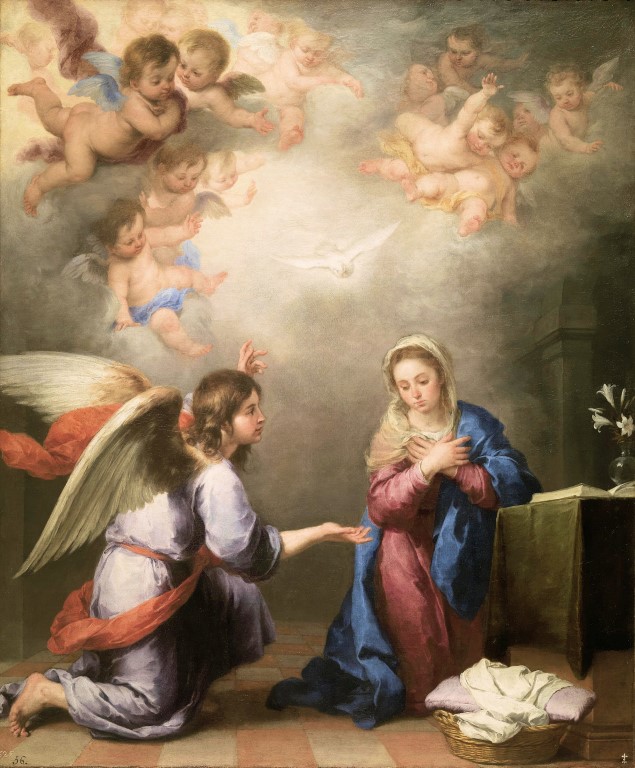History and ICEL
In the Philadelphia Catholic Standard and Times, Cardinal Rigali has given an interview about the new ICEL translations. The article quotes him:
However, in truth, it ignores the English National Liturgical Commissoin (NLC) translation which is still a legitimate translation for use in England. It is sometimes referred to as the "Wheeler Missal" and some of us lovingly preserve dog-eared copies of it.
The NLC is a good, workable, accurate translation. The new ICEL could have saved a lot of time by just adapting it. The NLC was produced before the ICEL translation so the "great pressure" argument does not hold water. The truth is that the old ICEL translation was driven by certain theological positions which played down the sacred by using everyday terminology instead of sacral language, resulting in a text that was much less accurate than the NLC.
However, no one ever claimed the translations were perfect or as good as they should be, because they were done under great pressure,” Cardinal Rigali said. “It could have taken decades [to do this work] because of the amount of text [but it did not].This is an understandably conciliatory approach to the introduction of the new ICEL translation and I accept that it may be helpful in encouraging some opponents of the translation.
However, in truth, it ignores the English National Liturgical Commissoin (NLC) translation which is still a legitimate translation for use in England. It is sometimes referred to as the "Wheeler Missal" and some of us lovingly preserve dog-eared copies of it.
The NLC is a good, workable, accurate translation. The new ICEL could have saved a lot of time by just adapting it. The NLC was produced before the ICEL translation so the "great pressure" argument does not hold water. The truth is that the old ICEL translation was driven by certain theological positions which played down the sacred by using everyday terminology instead of sacral language, resulting in a text that was much less accurate than the NLC.

